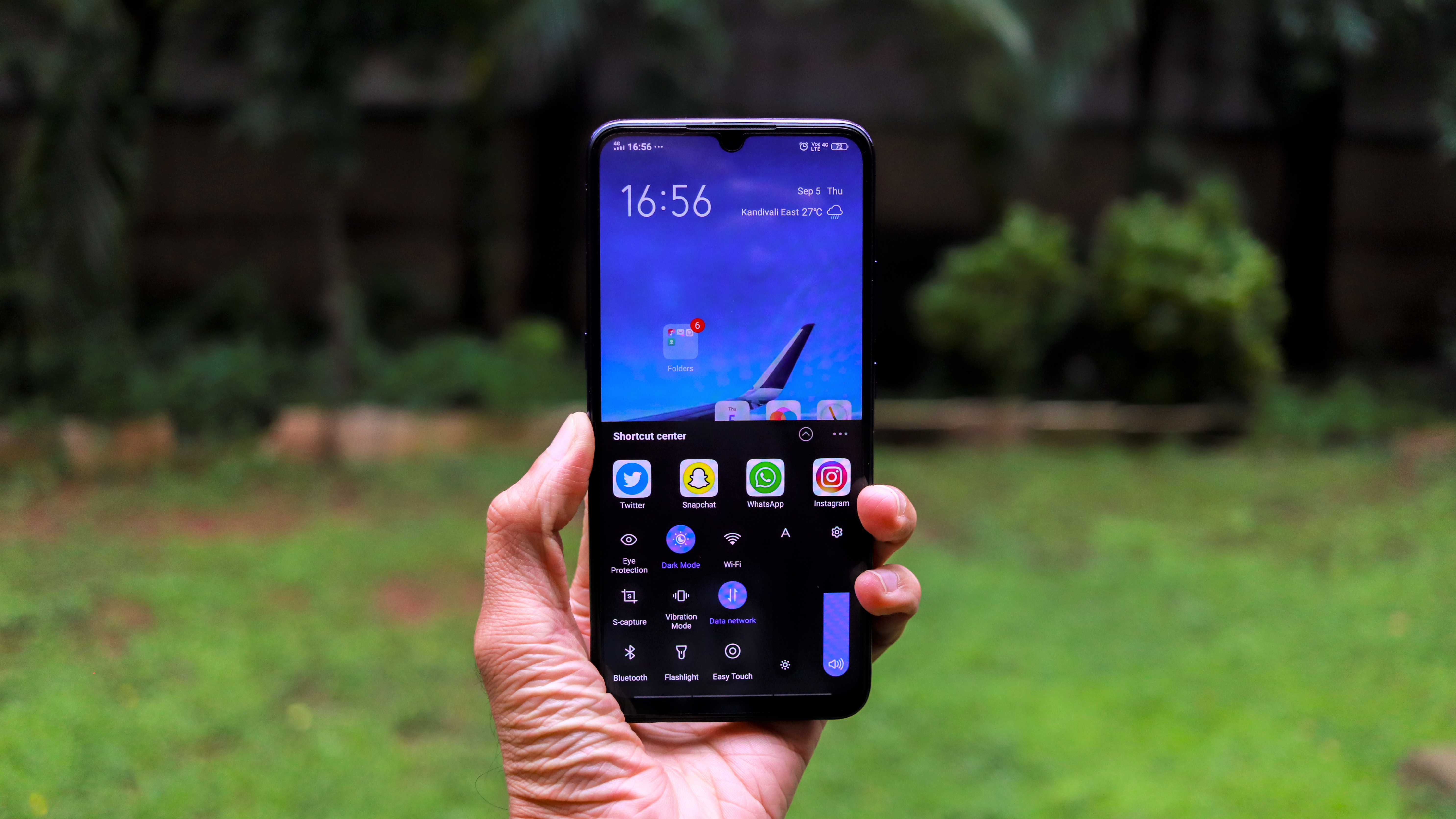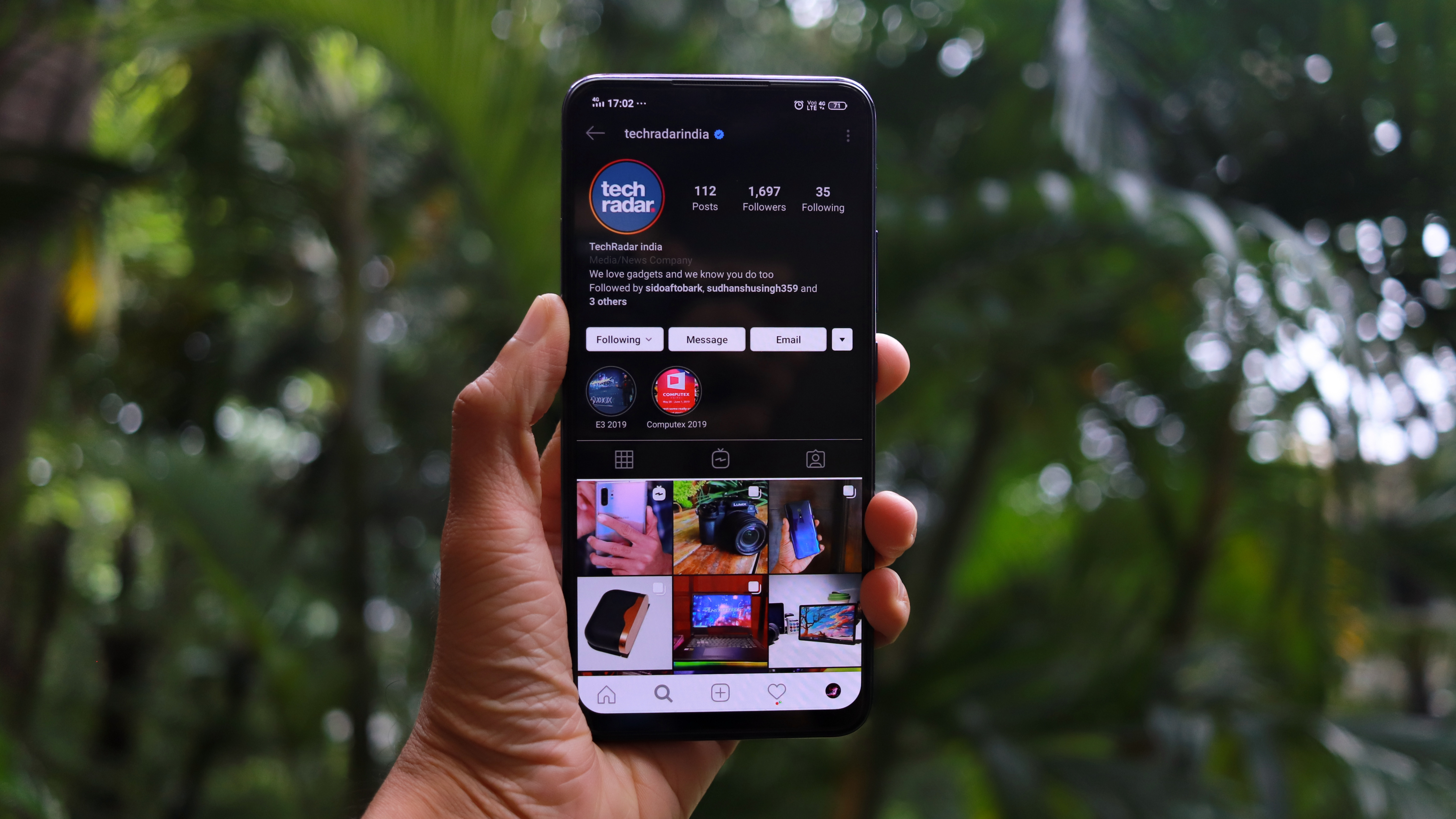TechRadar Verdict
The Vivo Z1x comes incredibly close to the best budget smartphones in India, and some software fixes will take it a long way.
Pros
- +
Super AMOLED display
- +
Triple cameras
- +
Great battery life
- +
Fast charging
Cons
- -
FunTouch OS is very heavy
- -
UI inspired by iOS
- -
Inconsistent performance while gaming
Why you can trust TechRadar
The budget smartphone segment of India is on fire currently with numerous incredible value for money devices available for consumers. One virtue of this race is the rather short refresh cycles that these manufacturers need to stick to, to constantly stay at the best of their games. The Vivo Z1x is the newest entrant born because of this ideology. It joins the two-month-old Vivo Z1Pro as a part of the company’s budget gaming smartphone portfolio.
In essence, the Vivo Z1x is not all that different than the Z1Pro. It implements the same Snapdragon 712 chipset, follows a similar design language and retains the essentials such as a triple camera array on the back, a big battery with fast charging, etc. However, these minor changes make the Z1x a much more relevant character in the 2019 smartphone landscape, and almost propels it to the podium of its respective price segment.
Vivo Z1x price in India
The Vivo Z1x is essentially a rebranded Vivo Z5 that was announced for a few other markets earlier. In India, the Z1x is available for Rs 16,990 for the base variant with 64GB of storage and 6GB of RAM, and Rs 18,990 for 128GB of storage. It will be available for purchase starting September 13 via Flipkart.
Design
As with most smartphones in this segment, the Vivo Z1x follows the tried and tested gradient-back-multi-camera design. Our Phantom Purple variant has a smooth violet to purple transition from the centre. It looks nice if you prefer your phones to look eye catchy. However, it’s still a plastic back, and in just about a week, my unit’s back looks tattered. Should’ve resorted to using the included silicone case.
The in-hand feel was excellent too, with the Z1x feeling sleek and comfortable for the most part. It wasn’t uncomfortable heavy either. Thankfully, it wasn’t very slippery, unlike most phones these days.
The power and volume buttons are located on the right side, with the left side solely having the Google Assistant key which isn’t natively customizable. All the ports are on the bottom. Vivo has finally moved to a USB Type-C connector for this segment as well, which is always a welcome change.
Display
The other major chang comes with the display, as the Vivo Z1x ships with a Super AMOLED display, a trend that is yet to become common with its immediate competitors. This is a 6.4-inch panel with a resolution of 2340 x 1080 resulting in an aspect ratio of 19.5:9.
The bezels around this display are pretty respectable, and so was the semi-circular notch along the top edge. The panel boasts of SCHOTT Xensation 3D protection (a competitor to Corning’s Gorilla Glass) over it, and an in-display fingerprint scanner under it. The scanner was reasonably quick and accurate, and the face unlock complemented it really well.
While an AMOLED panel is usually appreciated, the Z1x lacks the oomph we expect from one. One could say it doesn’t oversaturate the colours but I doubt that colour accuracy is what consumers in this segment are looking for.

I might be wrong, but I think I’ve used phones with lower max brightness than the Vivo Z1x’s minimum.
My other major complaint was with the brightness. The max brightness was really adequate, but things weren’t great at the other end of this spectrum. The minimum brightness was not dark at all, and would blind my eyes in dim scenarios. I don’t remember the last time I had to resort to using a third-party screen dimmer so extensively.

On the subject of dark, the Vivo Z1x includes a native system-wide dark mode that only inverts the colours of the interface, but also of all the apps including WhatsApp, Facebook, Snapchat and even Instagram. And much to my surprise, it didn’t interfere much with the individual elements of these apps and hurt visibility.
Performance
Snapdragon 700 series of chipsets are becoming increasingly popular in this sub 20,000 segment, and the Vivo Z1x follows suit with a Snapdragon 712 at its heart, paired with 6GB of RAM. The peak performance was admirable with the phone managing to keep up with multiple apps at once and continuing to chew through more.
However, PUBG Mobile performance was a mixed bag-- the game would open and start pretty quickly, but once the gameplay would start, the experience was marred with frame drops, almost as if the phone was struggling to render the elements. I have a hunch this is due to inadequate software optimization as the same chipset package performed much better on other phones such as the Realme 5 Pro; which also means that it could get patched over time via an OTA update.
Except that, the performance rarely left me wanting for more.
Aakash is the engine that keeps TechRadar India running, using his experience and ideas to help consumers get to the right products via reviews, buying guides and explainers. Apart from phones, computers and cameras, he is obsessed with electric vehicles.

